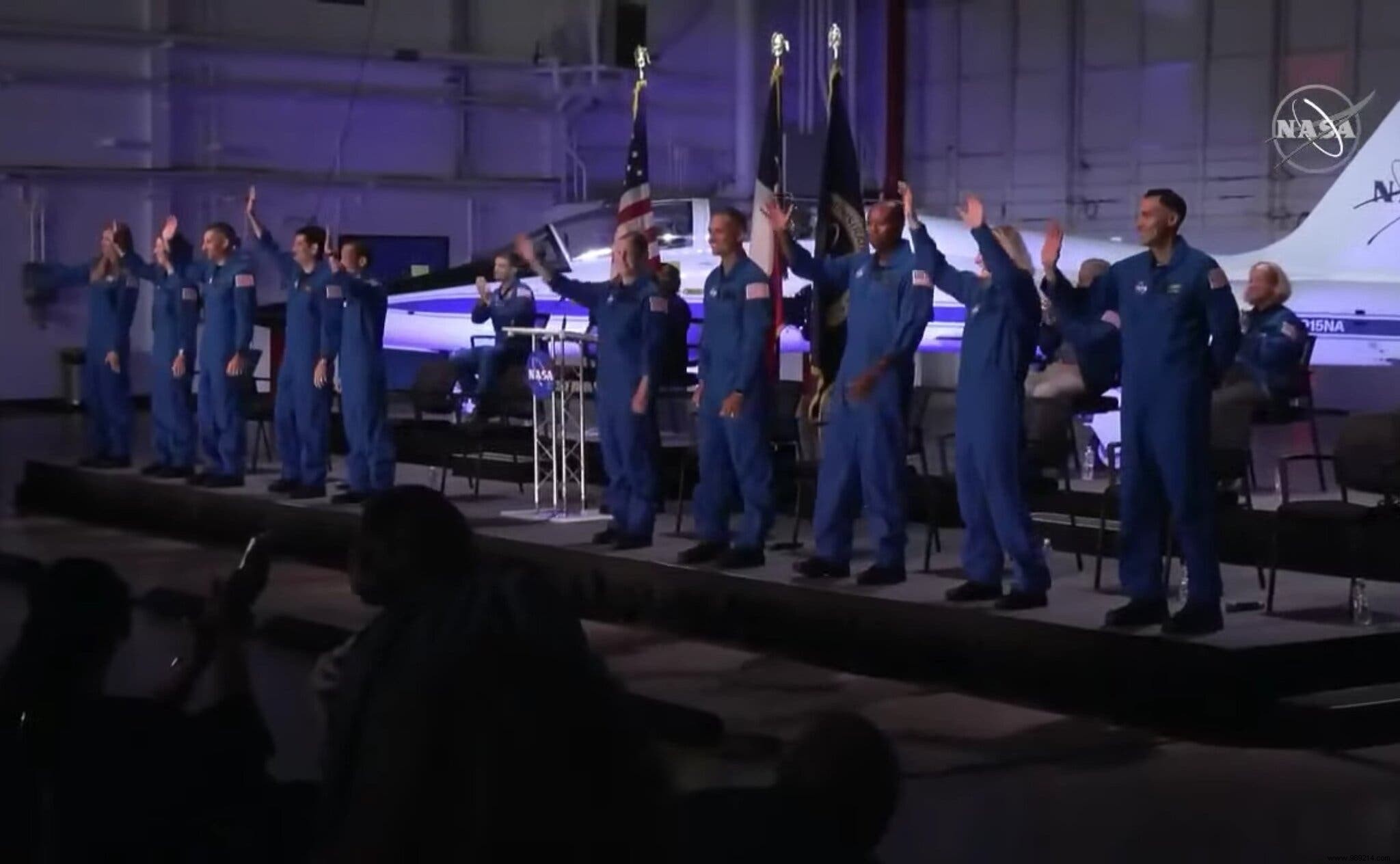NASA has just selected ten new astronaut candidates. After two years of intensive training, they will be likely to join the International Space Station or even walk on the Moon within the decade.
This is NASA's 23rd class of astronaut candidates since 1959. At the time, seven astronauts were chosen by the military for Project Mercury, the first program American manned spaceflight. This latest group of candidates comes as the US agency prepares to tackle some of its biggest challenges since the Apollo program. They were selected from 12,000 applications .
“Today we welcome ten new explorers, ten members of the Artemis generation “, said Bill Nelson, the administrator of NASA. "Alone, each of these candidates certainly has what it takes, but together they represent exactly the creed of our country:e pluribus unum ("one from many") among many “.
These ten astronaut candidates are Nichole Ayers, Marcos Berríos, Christina Birch, Deniz Burnham, Luke Delaney, Andre Douglas, Jack Hathaway, Anil Menon, Christopher Williams and Jessica Wittner.
All were selected based on a rigorous set of requirements that include a master's degree in a STEM (science, technology, engineering, and math) field, a school pilot program in accredited essay or two years of academic work toward a doctoral program related to the duties of an astronaut.

Most of these candidates have already served in the US Armed Forces. Dr. Menon also worked at SpaceX, overseeing the medical conditions of astronauts flying aboard the Crew Dragon capsule to the space station. Other profiles, however, are more atypical. Dr. Birch, a bio-engineer, for example, was a track cyclist during the Tokyo Olympics in 2020. Dr. Williams, a medical physicist, meanwhile, focused his efforts on cancer treatment at Brigham and Women's Hospital and Dana -Farber Cancer Institute in Boston.
These ten astronauts will soon begin two years of training at NASA's Johnson Space Center. They will learn how to perform spacewalks or master several commercial spacecraft, among hundreds of other expected tasks.
At the end of these two years, they could obtain assignments within the framework of missions aiming to reach the ISS and why not walk on the Moon within the framework of the Artemis program, which aims for a first crewed moon landing in 2025.